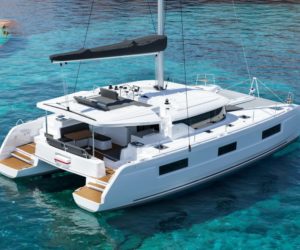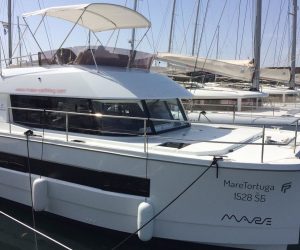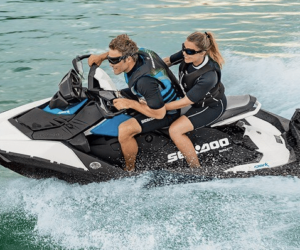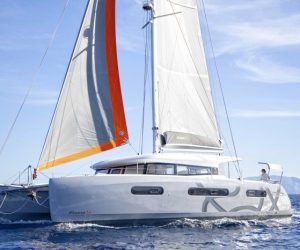Sailing and Birdwatching
Sailing and birdwatching: discover Istria's birdlife from the water

1. Istria – A paradise for bird lovers
Istria is known for its picturesque coastline and rich natural treasures. But what many people don’t realise: The peninsula is also a hotspot for birdwatching. Especially along the unspoilt stretches of coastline and in the numerous nature reserves, you can discover an astonishing variety of birds.
From majestic sea eagles to elegant herons and colourful kingfishers – Istria’s birdlife is as diverse as it is fascinating. During your sailing tour, you have the unique opportunity to observe these animals in their natural environment without disturbing them.
2. The advantages of sailing for birdwatching
Why should you choose a sailing tour when it comes to birdwatching? Quite simply, sailing offers you the opportunity to reach inaccessible stretches of coastline and remote islands that are often difficult to access from land. These places are true retreats for many bird species.
As the boat glides silently over the water, you become one with nature. No engine noise disturbs the peace and quiet, so you can observe the birds in their natural environment without startling them. Another highlight: you can anchor at any time and explore the surroundings with binoculars.
3. The best spots for birdwatching from the water
1. Limski Canal:
The Limski Canal is a 12 kilometre long fjord that juts deep into the interior. Surrounded by densely wooded slopes and steep cliffs, this channel provides a spectacular backdrop for birdwatching. Here you can spot grey herons, cormorants and even ospreys lurking over the water for prey.
2. Brijuni Islands:
The Brijuni archipelago is a nature reserve and home to numerous bird species. Especially during the migration periods in spring and autumn, the islands are an important resting place for migratory birds. Terns, gulls and various waders can be observed here. You can glide comfortably from island to island by sailing boat and enjoy the unspoilt nature.
3. Cape Kamenjak:
In the south of Istria lies Cape Kamenjak, another highlight for nature lovers. This area is known for its impressive rocky landscape and biodiversity. Here you can observe sea eagles and peregrine falcons circling over the jagged cliffs. With a bit of luck, you may even spot rare species such as the pygmy cormorant.
4. Tips for your sailing and birdwatching tour
Before you set off, there are a few things you should bear in mind:
- Equipment: Good binoculars and a bird identification book are essential for identifying the different species. A camera with a telephoto lens is also ideal for capturing special moments.
- Weather: Find out about the weather conditions and plan your tour accordingly. If the weather is calm, you have a better chance of observing the birds undisturbed.
- Respect nature: Be careful not to disturb the birds. Keep a sufficient distance and avoid loud noises.
- Local guides: Consider hiring an experienced guide. They know the best spots and can give you valuable information about Istria’s birdlife.
Our summary
A sailing tour along the coast of Istria is more than just a maritime adventure – it is a journey into the fascinating world of birds. From the water, you can experience the beauty and diversity of Istria’s birdlife up close while enjoying the peace and serenity of sailing. Whether you are an experienced ornithologist or a nature lover – this experience will inspire you. So, set sail and immerse yourself in the wild beauty of Istria!

































